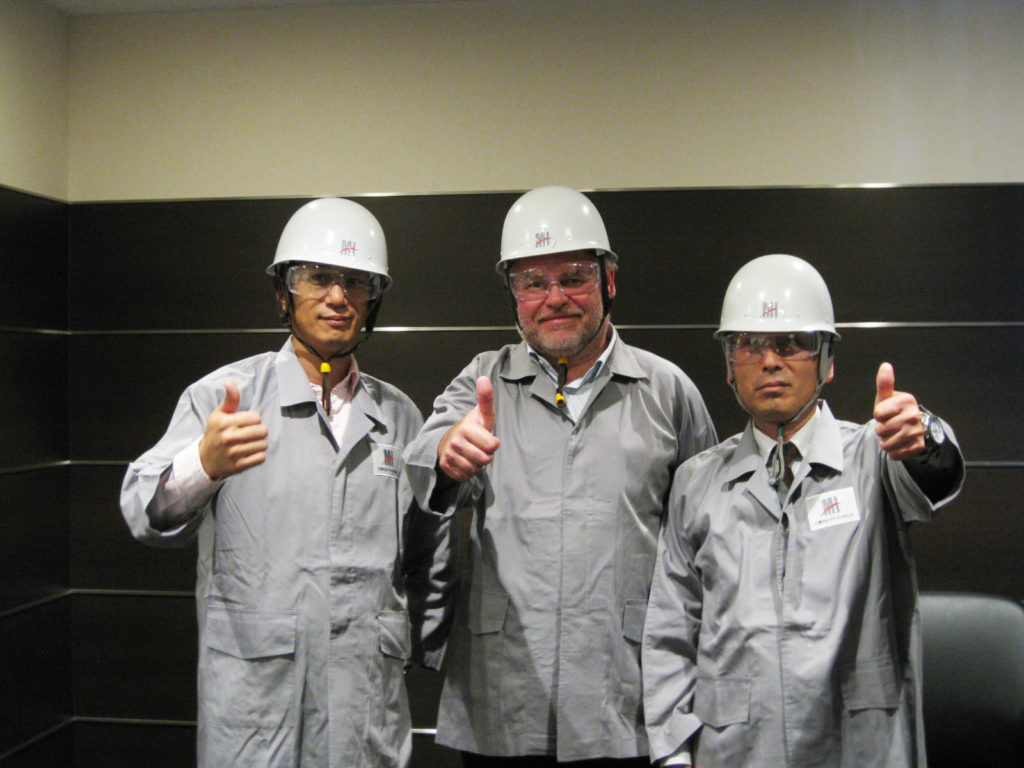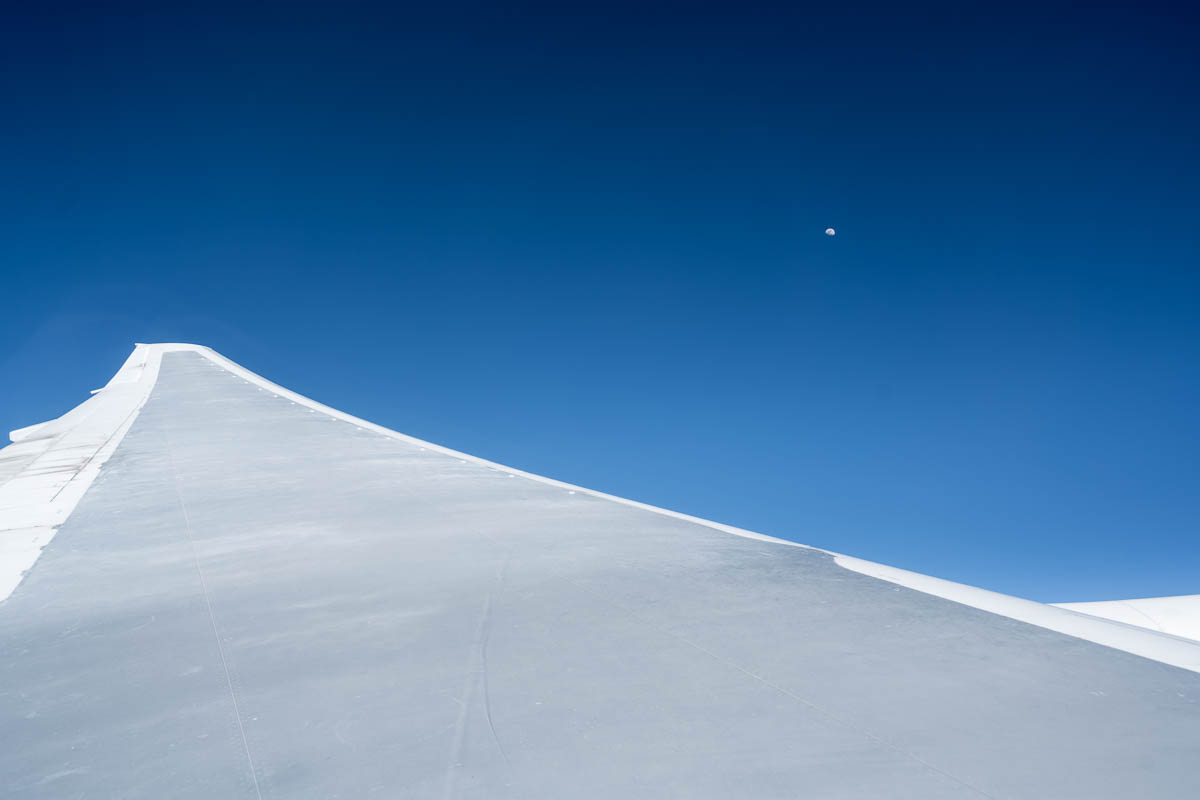May 18, 2016
Tokyo – Seoul.
This time in Japan, there were no Top-100isms, no day trips, no walks… no time-off. It was all conferences, meetings, interviews and other assorted shigoto (仕事), that is, work.
Before coming over to the land of the rising sun this time, I was hoping the tempo would be less hectic than usual, with more freedom for relaxed beholding of historical and natural landscapes, meditative evening strolls, cherry blossoms and so on. Right. The further into the trip, the further I seemed to get away from any chance of seeing things like Mount Fuji or Aogashima, and deeper into ‘all shigoto, shigoto, shigoto‘. Which is also good, of course, but… well, look what happened to Jack!
The only bit of micro-tourism I did get in was a quick march along my favorite route outside/round the grounds of the Tokyo Imperial Palace.
https://www.instagram.com/p/BFYZh7AuiSA/






































